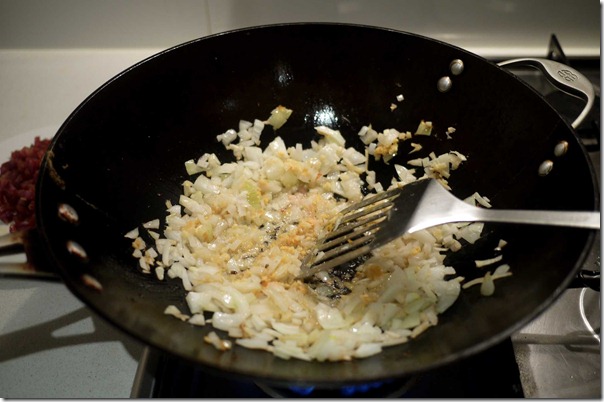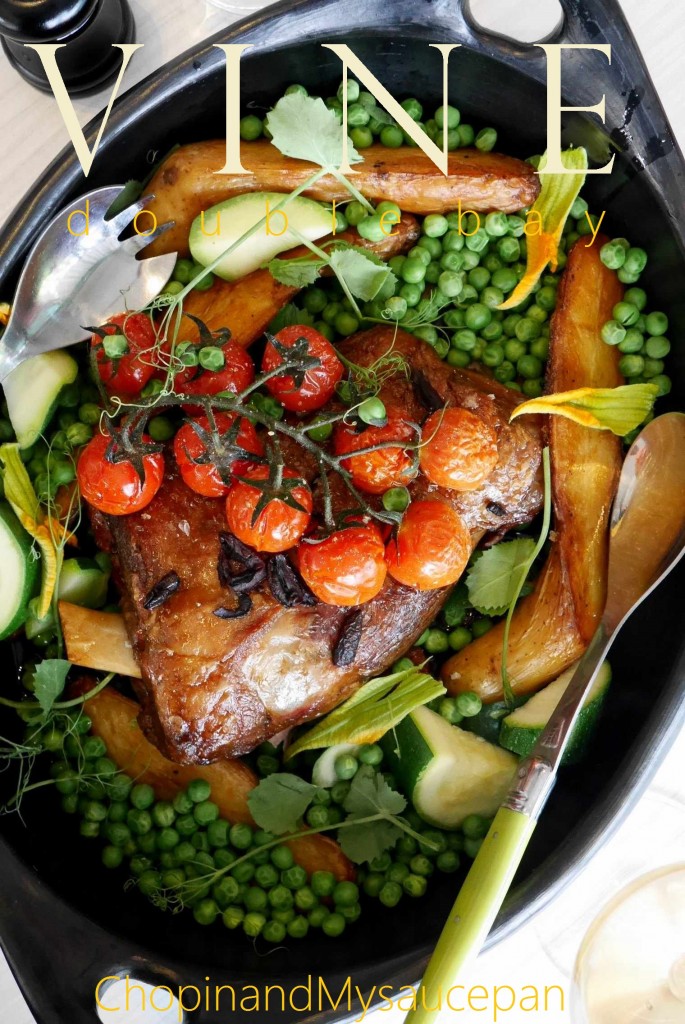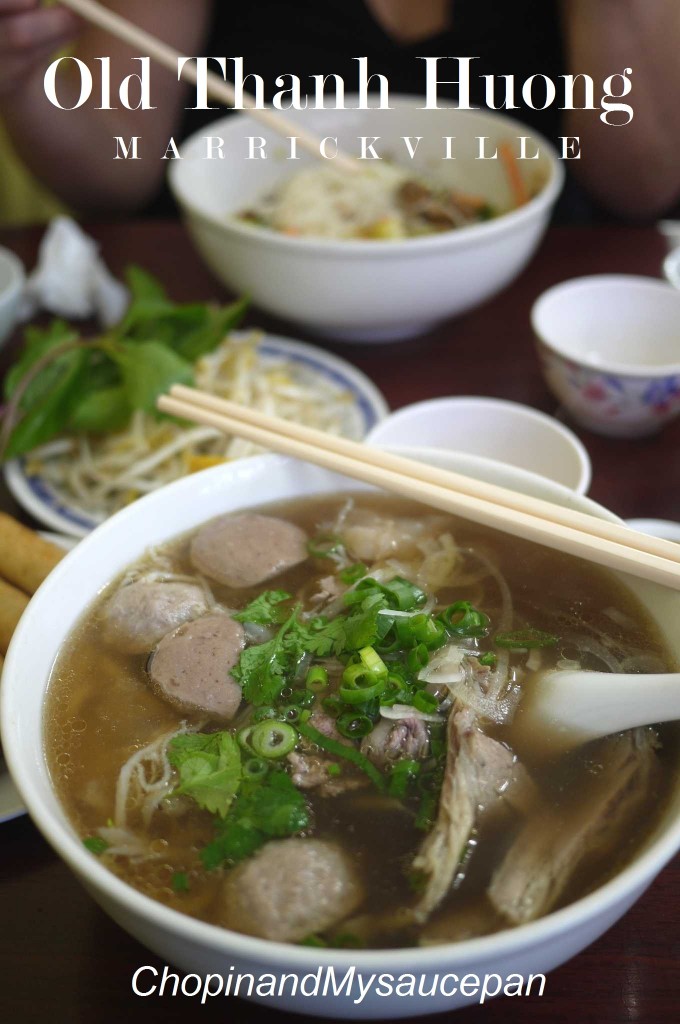
“To me, gently massaging these beautiful Chinese mushrooms as they begins to soften in cold water is a zen and gentle way to slowly bring them back to life.”
– Chopinand, on re-hydrating dried Chinese mushrooms
~~~~~~~~0~~~~~~~~
Fried rice has so many different variations, especially in Asian food culture. The Japanese have their own version of garlic fried rice, while the Indonesian and Malaysian versions of nasi goreng take on different ingredients and flavours. Yet, there are countless versions of fried rice in Chinese cuisine from different provinces in China. Fried rice with SPAM is another version which has truly become a popular household meal throughout the world.
Fried rice is a relatively easy dish to cook and it depends on how elaborate you like your version to be. A fried rice with all the “correct” ingredients can elevate this dish from being your average staple at the end of a chinese banquet to be the star of the meal.
I am rather particular with fried rice and if I am cooking it at home, I would prefer to use ingredients which add flavour and more importantly, complements each other. Some of the most usual ingredients may include ham, chicken, prawns, corn, peas, carrots or salted fish (a popular chinese version).
The Chinese style fried rice which I like to cook at home is a version that uses Chinese sausages or lup cheong (literally meaning ‘waxed intestines’ in Cantonese). There is something magical about these Chinese style sausages that add so much taste and flavour to what would otherwise be an ordinary fried rice.
There are two versions of these lup cheong usually found hanging in the open in Asian butchers and BBQ shops. The lighter red version consists mainly of pork meat and fat while the darker ones consists of liver which has a more intense flavour. These sausages are normally smoked, sweetened and dried hard and will keep unrefrigerated for weeks, if not months.

Place chinese sausage in rice cooked to steam together with rice
The easiest way to cook the lup cheong for making fried rice is to steam them together with rice in a rice cooker. If you are not using a rice cooker, steaming the sausages in medium heat for about 30 minutes will render them soft and edible.

Steaming chinese sausage with rice at the same time
Most rice cookers come with a perforated steamer gadget that allows a small plate to be placed above the rice to allow another item to be cooked simultaneously.

Steamed chinese sausage
Depending on how much rice you cook, the rice may take less than 20 minutes in which case you would need to steam the lup cheong for a little longer for it to be soft and edible.

Diced chinese sausage
The diced lup cheong is tasty enough that I find it very difficult to resist nibbling on a few pieces as I cook.

Rehydrated chinese mushrooms
There are 2 schools of thought about how to re-hydrate Chinese dried mushrooms – either using cold or hot water.
Unless you are short for time, I believe using cold water to re-hydrate dried mushrooms to be far superior than soaking them in boiling hot water. Cold water allows the mushroom time to soak and reinvigorate without wilting and losing too much flavour to the boiling hot water.
To me, gently massaging these beautiful Chinese mushrooms as they begins to soften in cold water is a zen and gentle way to slowly bring them back to life.

Fresh green peas
I love the vibrant colour of fresh green peas because they add so much wholesomeness to a dish.
Yes, they can make a dish look a little retro from the 1970s but I still love it, especially in fried rice.

Diced ginger and garlic
Ginger and garlic are two quintessential ingredients in Chinese cuisine and a good fried rice will not be great without a fresh and healthy dose of both.

A common mistake that many home chefs make is to add oil to a wok and slowly heat the oil as the wok becomes hot.
One of the tenets of good Chinese cooking is to begin with a very hot wok even before adding the most primary ingredient like cooking oil.
My tip to home chefs is to be patient and wait until your wok is very hot. The cooking oil must immediately start to simmer and smoke when added to the wok.

Add chinese sausage to ginger, garlic and onions
Avoid overcooking the onions because you will still have a fair bit of frying time when the steamed rice is added.

Add cold steamed rice
Another common mistake when cooking fried rice is adding warm rice to the wok.
If the rice is even slightly warmer than room temperature, it has a tendency to become too soft and starchy when done. I always let the rice cool and better still if the rice is left overnight in the fridge.
For best results, I like to add cold steamed rice straight from the refrigerator. This is because when steamed rice has been rid of its moisture, it tends become firm and fluffy when fried in a hot wok.

Spread rice evenly over the wok
The moment the cold rice hits the wok, you should hear the “crackling” sound which indicates the wok is sufficiently hot and the rice will be fluffy and eventually separate into individual grains.
Most cook stoves at home do not have the intense heat of commercial wok burners in restaurants and I find that spreading the rice over the surface of the wok allow the individual grains of rice to sear and separate, making it more firm and fluffy when cooked.
At this stage, I would also add a good splash of Chinese Shao Xing wine.

Add a dash of light soy sauce
Light soy sauce is another key ingredient that adds a lot of taste and also some colour to the fried rice.
If you prefer not to use light soy sauce, then it can be substituted with more salt but my preference is to use a combination of salt and soy sauce for a better salt complexity.

Add green peas
Add the green peas right at the end because they need very little cooking time and also to maintain its vibrant green colour.

Add egg omelette
Add in the egg omelette to the rice at the end of the cooking process.

Chinese style fried rice
So here is my recipe for Chinese style fried rice and I hope you will have fun cooking this comfort meal at home for your family and friends.
Chinese style fried rice Ingredients Method Useful tips

My last tip is to eat this classic Chinese style fried rice with chopsticks.

Chinese style fried rice
It might be a little more challenging that a pair of fork and spoon but believe me, it will be tastier as you pick up each clump of rice with all the beautiful ingredients.













































































































I don’t eat fried rice very often but when I do I wonder why I don’t eat it more often! I haven’t had anything to eat yet today and this is making me very very hungry. Love that sensual quote about rehydrating mushrooms too…
My family loves fried rice but I’ve never made it. Your recipe sounds fantastic. I will definitely try it. I didn’t see the peas in the print-off part of your recipe.
You know they normally say to use warm warm to reconstitute the dried mushrooms, but I like your explanation. I’m going to use cold water next time. Thanks for the tip!
I’m not particular about fried rice at all…I just throw everything into the frying pan and fry! Haha, maybe that’s why it’s never tasting “right”! I love yours…the single grains and all the glistening flavor. I have a dear friend who will go to gourmet restaurants and just order fried rice. He loves it to death! He always talks about that perfect “fried flavor.”
Delicious! I add a little sesame oil to mine at the end, although ours is more a fusion fried rice now, as I find myself using pancetta and teriyaki sauce. Love the peas!
Love the peas!
Wonderful – I love fried rice and that peas picture is just perfect! I’m trying to remember if I’ve had those sausages before and come to think about it I think I actually have. I remember them having a distinctive and delicious flavour, and I never knew the name before, so I’m pleased to learn it – now I can go out and try to find them the next time I’m in Chinatown in Paris!
Eeeee why you put peas!!! Lol… I love fried rice and would eat it everyday.. when I was growing up I use to eat it with a dollop of ketchup!
Dear msihua,
Don’t you like peas? I think nine out of ten versions of fried rice will have peas in them. Most kids would love fried rice with ketchup.
I love my Chinese style fried rice with fresh red chillies and light soy sauce and nasi goreng with a good sambal.
Dude, this is awesome on so many levels… This is a great post because you explained the process really well. It’s all in the tips and tricks, isn’t it? I LOVE fried rice and ever since I was young, I always order a plate of fried rice at Chinese restaurants that I’ve never been before, whether it’s a humble or “high class” one. Only cause I believe any Chinese restaurant is as good as their simple fried rice! So that’s how I tell whether the place is good or not. Some might not agree with what I do but hey, that’s just me! Yours looks perfect. Especially love how you explained the way it’s supposed to look and sound throughout the process… YUM
There are two things that are my absolute downfall-char siew and lup cheong! I could happily eat loads of both just with plain, steamed rice
There are many fantastic recipes floating around on the internet but I was impressed by your fried rice recipe. Not only was it simple to follow and written well, you also provided some really useful tips for chumps such as myself. Thanks!
OMG your fried rice looks so delicious!!!! I also heard about the cold rice too, and in Japan (maybe because we use Japanese rice for fried rice) we try to use rice the next day, not the rice you just cooked.
Is your wok cast iron? I have been talking to my blogger friend about which wok to use and I’m curious what you are using. I have been using non-stick, but I have to replace it as it was getting old. The store stuff suggested me to get stainless steel so I got it, but food sticks to it (maybe I really need to put lots of oil). What kind of wok do you like to use? (sorry for a long comment)
Arrr.. *store staff* I always make this mistake in English!! xD
Dear Nami,
Thanks for your comments. I think left over rice that has been in the fridge works best for fried rice because it is dry and always ends up firm and fluffy as opposed to soft and starchy.
My wok is stainless steel but it has been seasoned so it is fairly “non stick”. I think cast iron woks are good because they are better heat conductors and so retains heat a lot better and also cooks more evenly. The down side is they are heavier than stainless steel so if you need to hold it and toss the food as you stir-fry like those Chinese chefs in big restaurant kitchens, it might be quite tiring on the arm
This fried rice looks truly wonderful. There are so many useful tips in your post particularly the one about using day old rice. I’ll have to search out the sausages, I’m sure they’re not too hard to find. GG
This is my type of fried rice! An all in one meal, love the flavors on that plate
Your fried rice looks good but to be frank, it is my least favourite chinese dish. I will eat thai or malaysian fried rice but for some reason, I just dont like chinese fried rice.
Fried rice is of course one of my most frequent meals, but I have never thought of steaming sausage! Excellent idea and very appetising fried rice! (It’s funny that you talk about rice cooker because I have been looking for a replacement for the one I have had for years)
Your fried rice is making me hungry at 9pm! way past dinner time! :O that’s the magic of perfect fried rice. Hard to choose my favorite fried rice here as I enjoy each you have listed (except I have not tried Vietnamese broken fried rice).
Certainly looks delicious indeed! I grew up with a Singaporean version of fried rice and it always included frozen peas too
This looks lovely! I particularly like the addition of the mushrooms…I am crazy about all kinds of fried rice! Thai, Chinese, Japanese – it’s aaall good. I ate yakimeishi in Japan as often as I could (well, when I wasn’t eating curry anyway!) – but its really quite difficult to find in Sydney unfortunately !
That looks SO good right now. I love fried rice, but mine never turns out very well, so I don’t make it often. You’ve provided some really great tips here. Perhaps these are the secrets to my fried rice success?? Also, I couldn’t eat that without a nice squirt of Sriracha sauce on top. YUM!
A-ha! I have some Chinese sausage in the fridge and dried mushrooms in the pantry. Time to make some fried rice!
I love fried rice, but I’ve never had it with the sausage. Your recipe and tips are outstanding!